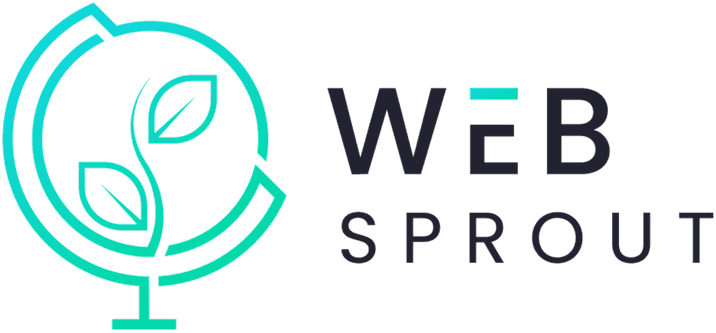PPC (Pay-Per-Click) ads are crucial for businesses because they provide a quick and cost-effective way to reach a large and targeted audience. With PPC ads, businesses only pay when someone clicks on their ad, allowing them to control their advertising costs. Additionally, PPC ads can be highly targeted, allowing businesses to show their ads to people who are most likely to be interested in their products or services. As a result, PPC advertising can help businesses increase website traffic, generate leads, and boost sales.
Is PPC better than organic?
PPC advertising and organic search results both have their own unique benefits and drawbacks. However, PPC ads can be a better option than organic search results in some cases because:
- Faster results: PPC ads can provide quicker results compared to organic search results, which can take a long time to rank higher in search engine results.
- Targeted audience: PPC ads allow businesses to target specific demographics, locations, and keywords, making it easier to reach their ideal audience.
- Measurable results: PPC advertising provides detailed and accurate data on campaign performance, allowing businesses to track their ROI and make informed decisions about their advertising strategy.
- Increased visibility: PPC ads can increase a business’s visibility, especially for highly competitive keywords, by appearing at the top of search engine results.
That being said, organic search results are often preferred by users as they are seen as more trustworthy and credible, and they don’t require any advertising budget. The choice between PPC and organic search results ultimately depends on a business’s goals, budget, and target audience.
How much should businesses spend on advertising?
The amount a business should spend on PPC ads varies depending on several factors, including:
- Industry: The cost of PPC advertising varies depending on the industry, with highly competitive industries requiring a larger budget.
- Target audience: The size and competitiveness of a target audience will also impact the cost of PPC advertising.
- Campaign goals: The goals of a PPC campaign, such as increasing website traffic or generating leads, will also determine the budget required.
- Bid amounts: The bid amount a business sets for specific keywords will also impact the cost of their PPC advertising.
As a general rule, businesses should allocate a budget that allows them to reach their target audience effectively while still being cost-effective. On average, businesses can expect to spend anywhere from a few dollars to hundreds of dollars per day on PPC advertising, with larger businesses often spending more. It’s important to note that the cost of PPC advertising is just one part of the equation, and a business should also consider the potential return on investment when setting their budget.
What ad platforms should businesses advertise on?
The ad platforms that a business should advertise on depends on several factors, including:
- Target audience: The platform a business chooses should have a large and active user base that aligns with their target audience.
- Budget: The platform’s advertising cost and bidding model should fit within the business’s budget.
- Campaign goals: The platform should provide the necessary features and targeting options to help the business achieve their campaign goals.
- Industry: Some platforms are better suited for specific industries, such as B2B or e-commerce, so it’s important to choose a platform that aligns with a business’s industry.
Based on these factors, some of the most popular ad platforms that businesses can consider include:
- Google Ads: Google Ads is one of the largest and most popular ad platforms, and it’s a great option for businesses looking to reach a large and diverse audience.
- Facebook Ads: Facebook Ads is ideal for businesses looking to reach a highly targeted audience and engage with them through social media.
- Microsoft Advertising (formerly Bing Ads): Microsoft Advertising can be a good option for businesses looking to reach users who use Microsoft’s search engine, Bing.
- Simpli.fi: Simpli.fi supports a wide range of ad formats, including display, video, and mobile, and it provides access to a large network of publishers and exchanges. The platform also offers advanced targeting options, such as location-based, behavioral, and audience targeting, allowing businesses to reach the right people with their advertising message.
- Amazon Advertising: Amazon Advertising can be a great option for businesses looking to reach a large and active audience of shoppers, especially in the e-commerce industry.
Ultimately, a business may choose to advertise on multiple platforms to reach their target audience effectively, and it’s important to regularly assess and adjust their advertising strategy to ensure they are getting the best results.
How should businesses prepare to run PPC ads?
To prepare for running PPC (Pay-Per-Click) ads, businesses should follow these steps:
- Define their advertising goals: Before starting a PPC campaign, it’s important for a business to clearly define their advertising goals, such as increasing website traffic, generating leads, or driving sales. This will help determine the target audience and platform to advertise on.
- Conduct market research: Conducting market research can help a business understand their target audience and their behavior online, including the keywords they use to search for products or services. This information can be used to inform the keywords and targeting options for their PPC campaign.
- Create a keyword list: Based on their market research, a business should create a list of relevant keywords that they want to target with their PPC ads.
- Develop compelling ad copy: Creating compelling ad copy is crucial for a PPC campaign as it helps to attract the attention of potential customers and entice them to click on the ad.
- Set a budget: Based on their advertising goals and target audience, a business should determine a budget for their PPC campaign and set their bids for specific keywords.
- Choose the right ad platform: Based on their target audience, budget, and advertising goals, a business should choose the right ad platform to advertise on, such as Google Ads, Facebook Ads, Microsoft Advertising, or Amazon Advertising.
- Launch the campaign: Once the ad copy, keywords, and targeting options have been established, and the budget has been set, a business can launch their PPC campaign.
- Monitor and optimize the campaign: Regular monitoring and optimization of a PPC campaign is crucial for achieving the best results. This includes tracking the performance of the campaign, adjusting bids and targeting options, and testing different ad copy to find the most effective approach.
By following these steps, businesses can effectively prepare for and run a successful PPC campaign that helps them reach their target audience and achieve their advertising goals.
PPC advertising is a crucial tool for businesses looking to reach a large and targeted audience in a quick and cost-effective manner. Choosing the right ad platform to advertise on will depend on various factors, such as the target audience, budget, and campaign goals. To make the most out of PPC advertising, businesses should allocate a budget that allows them to reach their target audience effectively, track their campaign performance, and make informed decisions about their advertising strategy.





